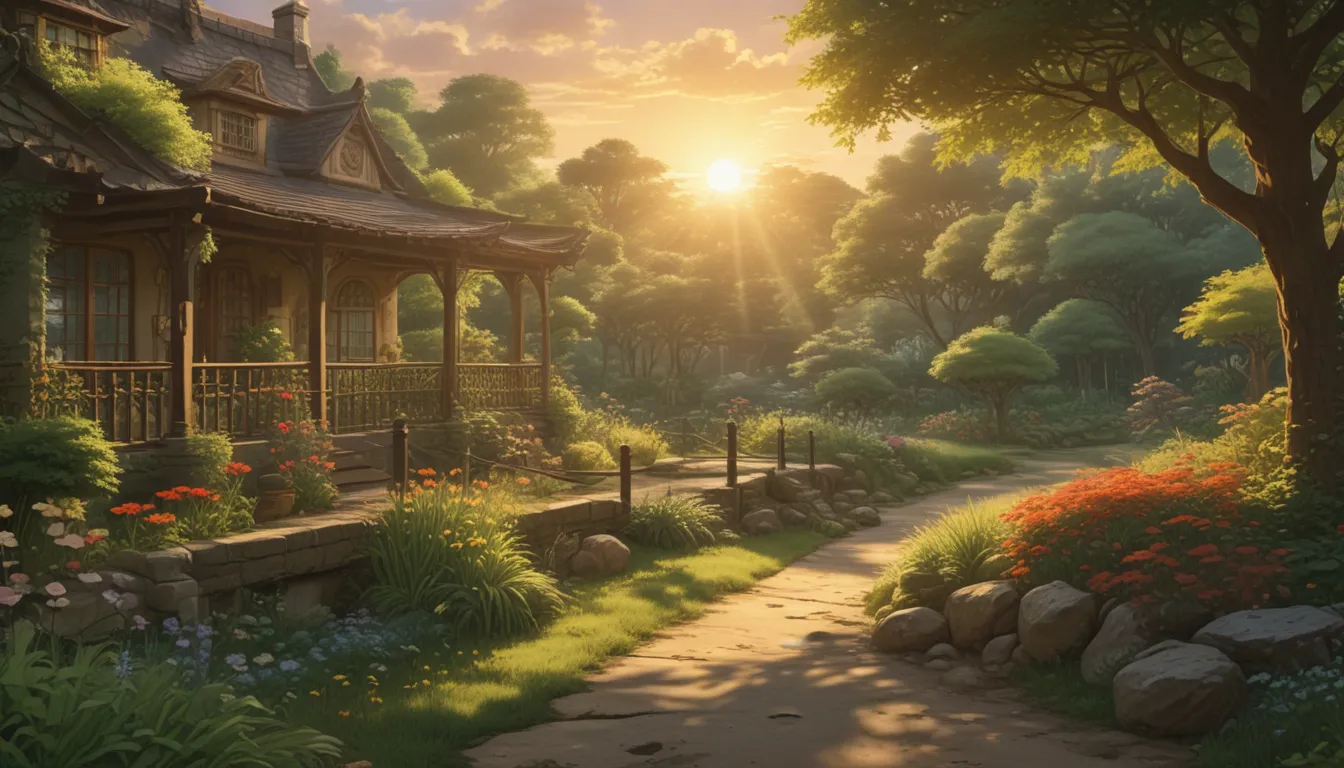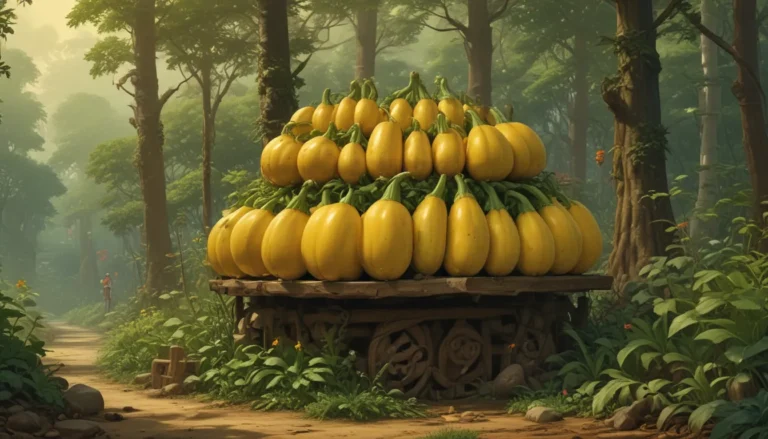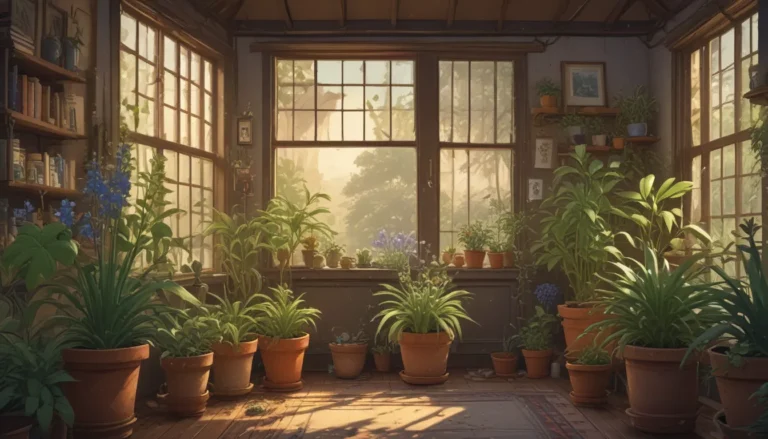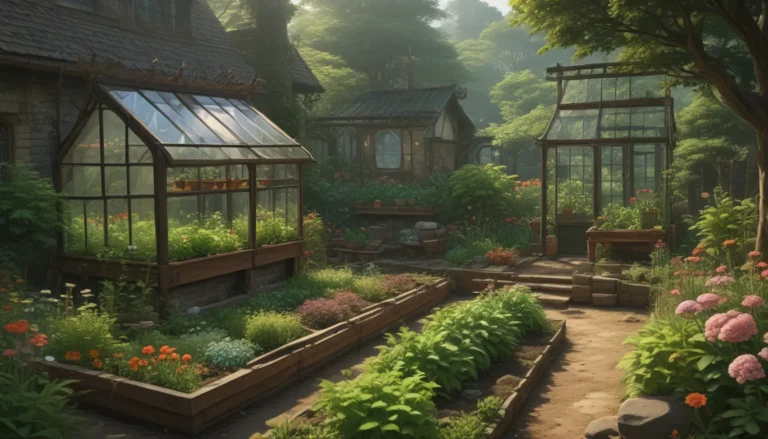Understanding Sun Exposure in Southern Gardens

When it comes to gardening in the South and Southwest, the term “full sun” can be a bit misleading. The intense heat and long hours of sunshine in these regions can be too much for many plants labeled as full sun tolerant. So, how can gardeners in these areas create beautiful gardens without risking their plants in the scorching summer heat?
Let’s dive into expert advice and strategies for successful gardening in zones 8a and higher.
The Importance of Location
One common theme among experts is the critical role of choosing the right location for your plants. In the South, “full sun” typically refers to 6-8 hours of sunlight, with an emphasis on morning sun.
According to Ron Bowen, Coordinator of the Master Gardeners at the University of Arizona Cooperative Extension, morning sun is generally preferred for many plants. He suggests placing sun-sensitive species in areas where they can receive morning sun and afternoon shade to prevent them from burning up.
Angela O’Callaghan, a horticulture expert from the University of Nevada Cooperative Extension, echoes Bowen’s advice. She recommends paying attention to directional sun exposure when choosing planting locations. For plants that require eight hours of sun, she suggests placing them where they will receive bright light from 6 a.m. to 2 p.m., avoiding west-facing areas.
Commercial growers are also starting to include heat tolerance information on plant labels in some regions. Bowen suggests checking these labels for additional details on a plant’s ability to handle specific climatic conditions, and he hopes more growers will adopt this practice in the future.
Choosing Native Plants
Another important aspect emphasized by experts is the selection of native and adapted plant varieties for your garden. Martha Ramirez, an extension agent in Texas, highlights the importance of choosing local varieties that are proven to thrive in the region’s unique growing conditions.
O’Callaghan and Bowen both recommend consulting resources from local university extension offices to find suitable plant options for your area. O’Callaghan cautions against relying solely on information from garden centers, as employees may have limited knowledge compared to the robust resources available through online research and university publications.
To ensure success in your garden, consider sourcing plants from locally owned garden stores or nurseries that offer native and adapted plant varieties. Be mindful of where plants were propagated before purchasing, as specimens grown in different climates may struggle to adapt to your specific environment.
Planning and Research
Armed with this knowledge, it’s time to create a plan for selecting and placing sun-loving plants in your southern garden. Before heading to the garden store, make a list of suitable species and varieties based on your research.
Remember that successful gardening in the South and Southwest is all about choosing the right plants for your climate and placing them in optimal locations. By following expert advice and selecting native and adapted varieties, you can create a thriving garden that thrives in the unique conditions of your region.
Share your experiences with gardening in full sun in the South. Have you encountered challenges with plant labels’ sun exposure recommendations? Let us know in the comments!
If you found this article helpful, check out more of our guides on sun protection gear, patio umbrellas, and fast-growing shade trees for your yard.
*





